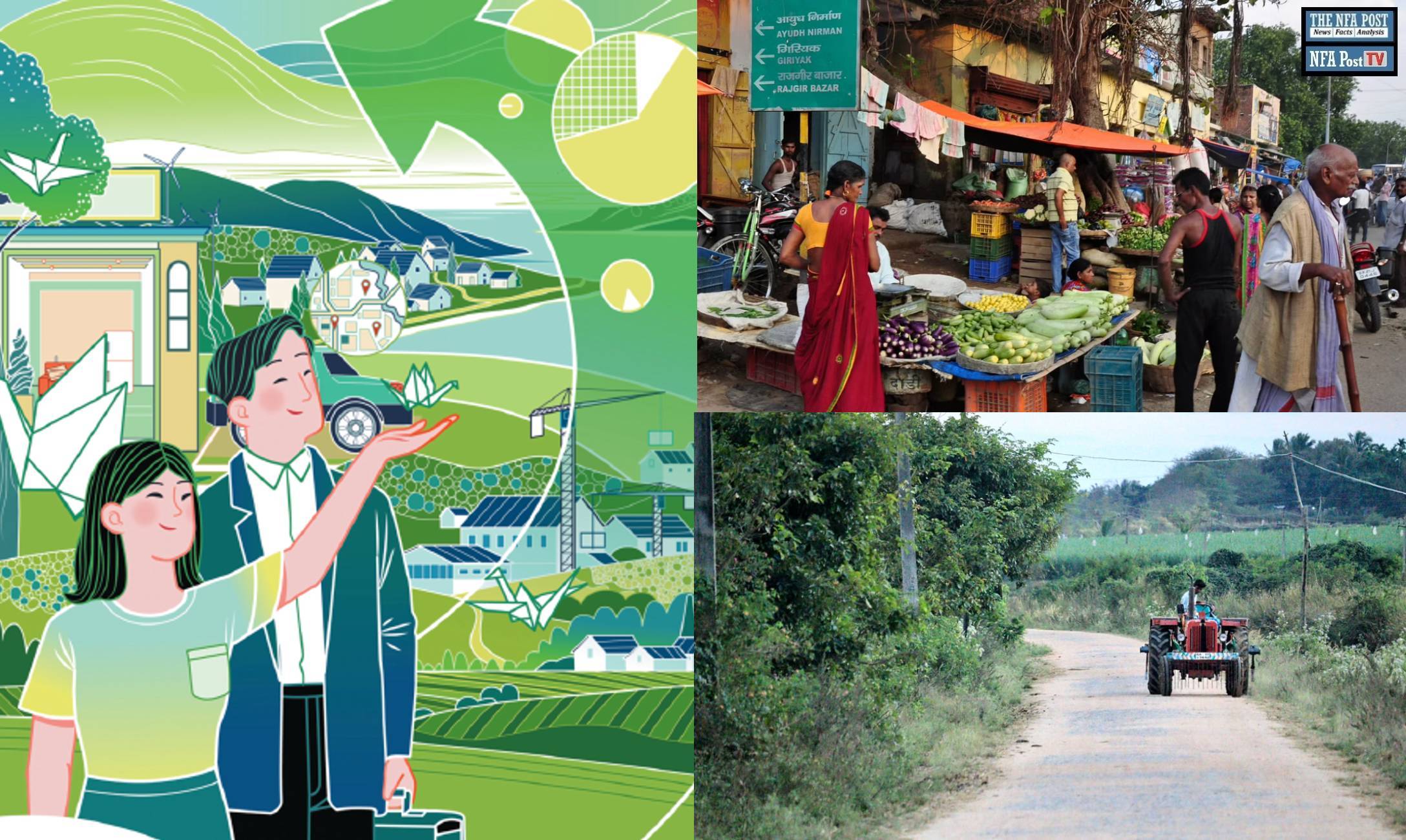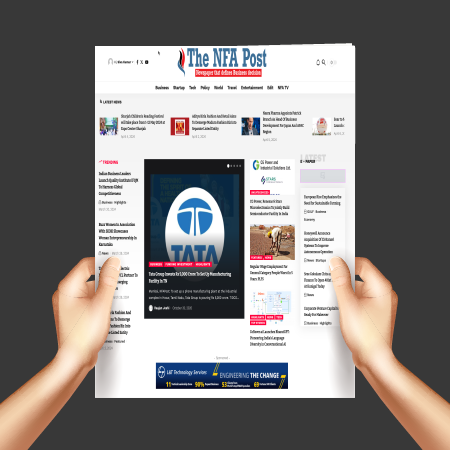Urban markets sustain but consumers apprehensive of slowdown and inflation: Study
New Delhi, NFAPost: Rural consumption in India remained under stress July-September, when volumes declined 3.6 per cent, compared to a drop of 2.4 per cent in the April-June quarter.
Fear of a slowdown, price increases and uneven rainfall across the country shaped rural consumption of fast-moving consumer goods (FMCG) in July-September. The quarter saw a sharper volume drop of 3.6 per cent compared to 2.4 per cent in the April-June quarter, according to NielsenIQ.
However, consumption in urban markets sustained at 1.2 per cent in July-September compared to 0.6 per cent in the preceding quarter. The overall FMCG sector in India saw its volumes decline 0.9 per cent compared to 0.7 per cent in the quarter ended June. In value, the FMCG industry grew at 8.9 per cent compared to 10.9 per cent in the previous quarter,
NielsenIQ India Managing Director Satish Pillai said overall this quarter [July-September] shows cautious consumption from consumers, primarily due to apprehensions of slowdown and continued inflation.
“While the pressure of inflation continues, there have been variations in rainfall across rural areas in the country have also led to a softening of indicators for rural markets. This sentiment also shows up in the cautious behavior of the retail trade. Traditional trade retailers have been keeping leaner assortment and lower stock levels to be agile, and Manufacturers need to support the retail trade to alleviate this apprehension,” said NielsenIQ India Managing Director Satish Pillai.
He also said typically the third quarter witnesses a consumption uptick, but this year despite the opening of the markets, consumption has not grown and the indications are that the festive season would be a little muted.
Volume and value sales of FMCG are above pre-pandemic levels of January-March quarter of 2020.
The slow growth in volumes can be attributed to the double-digit price growth for the past six consecutive quarters, said NielsenIQ in a press release.
Overall, traditional trade volume de-growth deepened in the quarter ended September (-2.0% in Q3’22 from -1.5% in Q2’22). Modern trade, done through organised supermarkets and hypermarkets, showed double-digit value as well as volume growth.
“Consumers continue to prefer smaller pack sizes, pack size growth remains negative in Q3’22 (July-September), but a slight uptrend is observed in Q3’22 compared to Q2’22 (April-June) on the back of traditional channels. Modern trade, however, shows traction towards smaller packs,” NielsenIQ said in its release.
Food staples (non-refined oil, atta, rice) witnessed an uptick after being in the negative for the past three consecutive quarters. Impulse categories sustained its double digit growth . Government measures like drop in taxes for edible oils and manufacturers dropping prices, this quarter saw a sharp drop in price increases for edible oils which resulted in volume growth.
Food volume growth stood at 3.2% in Q3 ’22 in urban markets, while the category witnessed a marginal decline in rural of -0.3%.
Non-food consumption witnessed a decline of -6.8% vs -6.4% in April-June, led by a slowdown in rural demand. Non-food consumption is below pre-covid levels since the last three quarters in terms of volume, NielsenIQ said.
Small manufacturers (apart from Top 400 players or manufacturers with less than Rs 112 crore offtake this year) are driving consumption and witnessed a positive volume growth of 0.5% in Q3’22 compared to a sharp decline of –9.1 per cent in April-June.
“Lower price increase by small manufacturers compared to large/medium manufacturers (Top 400 players) in Q3’22 is helping them drive the positive consumption growth. They are also gaining both value and volume share in the last 2-3 quarters when looked at sequentially,” NielsenIQ India Managing Director Satish Pillai.
Despite the slowdown in consumption, the contribution of new launches in the quarter ended September was higher across key FMCG categories than year ago levels.
However, most of these new product offerings are in terms of changes in pack size. “This could be result of manufacturers working with smaller grammages as raw material prices are still high. While new product offerings contribute positively to consumption, assortment distribution decline are pulling down overall volumes within key FMCG categories.”






